He witnessed the death of his father when he was barely three. He grew up on his mother’s meager income and spent a considerable amount of his childhood at his family-owned printing press. He developed an interest in music from a fairly young age and discovered a certain ability to draw and sketch and went on rather reluctantly to study at Santiniketan founded by Rabindranath Tagore, where he was acquainted with renaissance and oriental art. He also struck up a friendship with a Jewish-German professor by the name of Adamson, who taught him a great deal about western classical music. His love for art landed him a job as a graphic designer at an advertising agency where he was lauded for his skill by his fellow employees some of whom happened to be British. He went on to marry his long-time sweetheart who was three years elder to him. He picked an old retired actress living in Sonagachi (the infamous redlight area of Calcutta), to play a principal character in his maiden film, “Pather Panchali”. He became the only Indian film director to win an Oscar. This is the man who became the face of Indian cinema – SATYAJIT RAY.
He won numerous awards at prestigious festivals such as, “Cannes” and “Venice”, not to mention the Oscar, the academy gave him rather late- on his death bed.
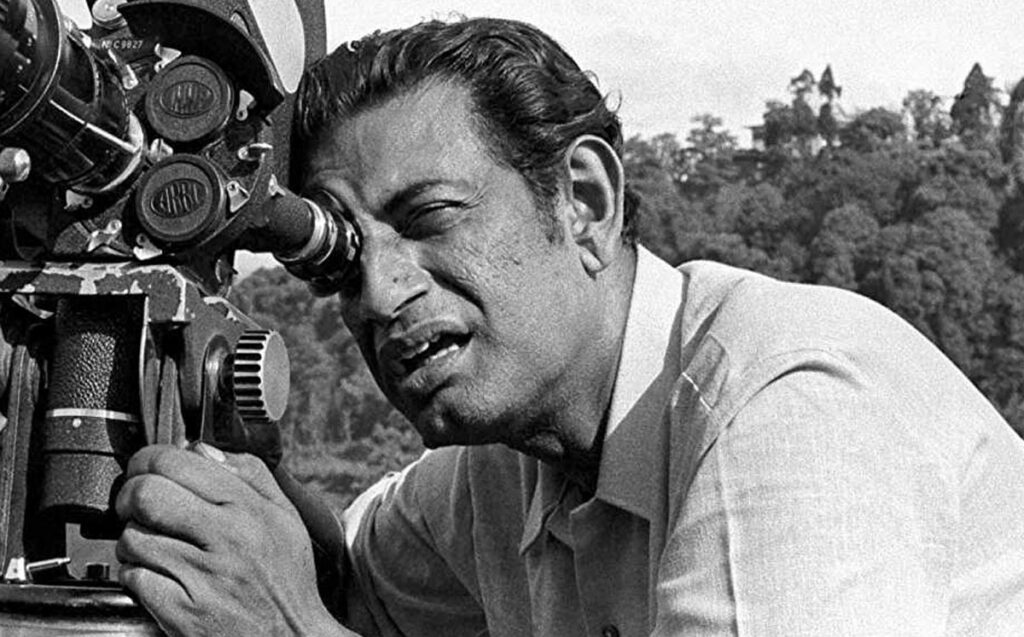
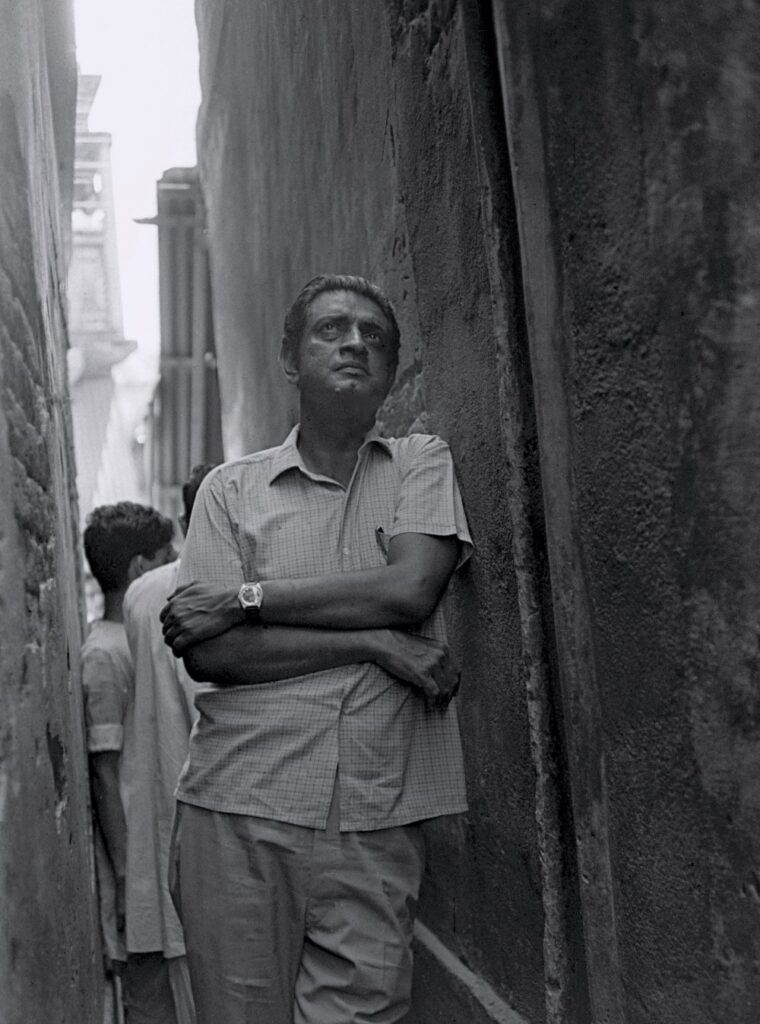
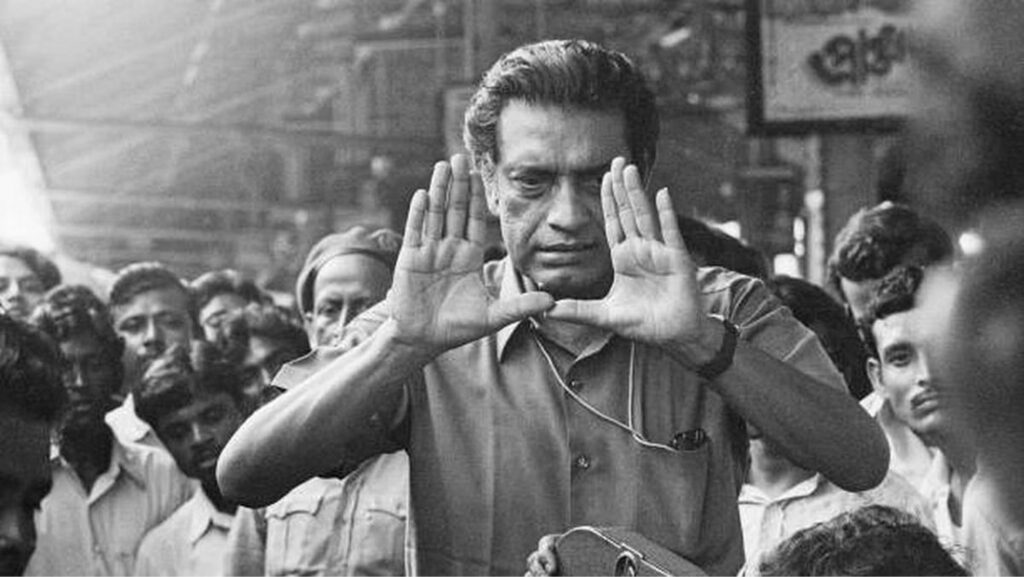
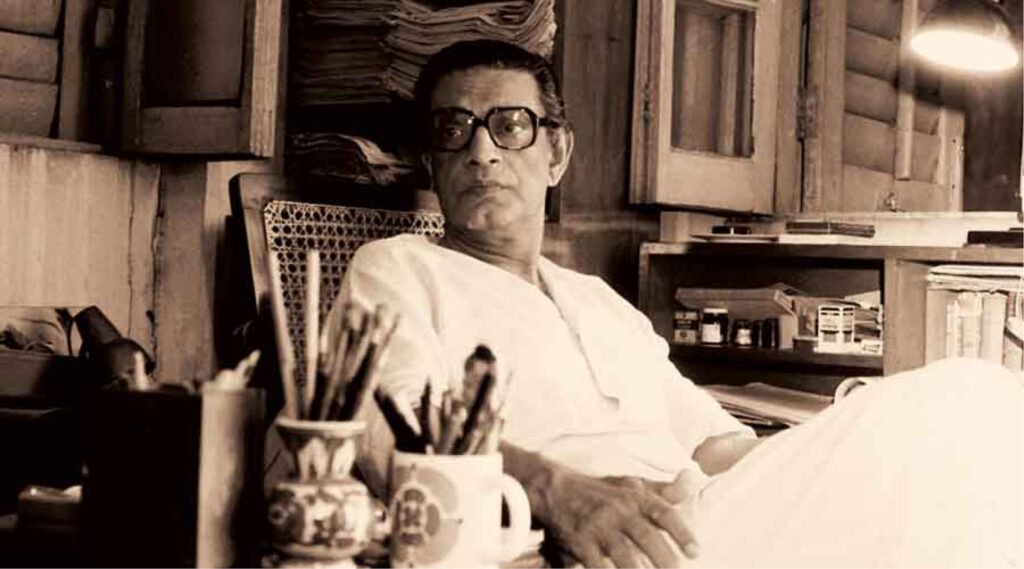
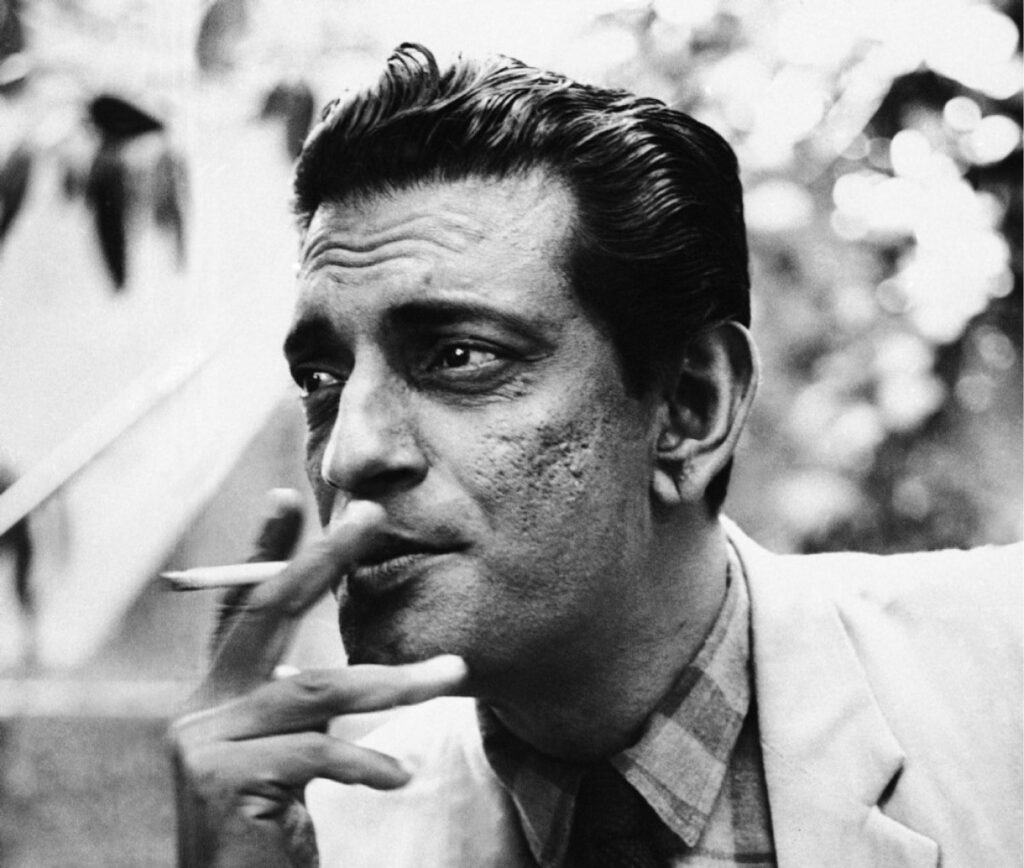
I can’t help but notice that the life of Satyajit Ray could be made into an engaging biopic. It is rather strange that it hasn’t caught the fancy of any filmmaker. Although his name is phenomenally popular amongst the cinephiles in the film industry, being a cinephile myself I must confess that his work is not as influential as one might think it is amongst the aspiring filmmakers of our times. I suppose nobody is to blame. The word ‘Arthouse director’ has become a bad word in the film industry. Some “experts” say this is because we have not yet discovered how to market “art cinema”. I think that is an important topic that should be saved for discussion, perhaps for another day.
He met Subrata Mitra, who would later become famous for being the cinematographer of more than half of his films on the sets of Jean Renoir’s “The River” which was shot in Calcutta. Incidentally they were not involved with the film in any fashion. They just came there every evening to catch a glimpse of Jean Renoir at work. Ray introduced many great actors to the silver screen, amongst whom were Sharmila Tagore and Soumitra Chatterjee. He won numerous awards at prestigious festivals such as, “Cannes” and “Venice”, not to mention the Oscar, the academy gave him rather late- on his death bed. Contrary to popular perception, Ray was not the first Indian but the second to win the Oscar. The first Indian is Bhanu Athaiya (She won the Oscar for best costume design – 1983 for the film, “Gandhi”). It is interesting to observe that Satyajit Ray has become a legend that is more talked about than watched.
– Avinash Moyidi





